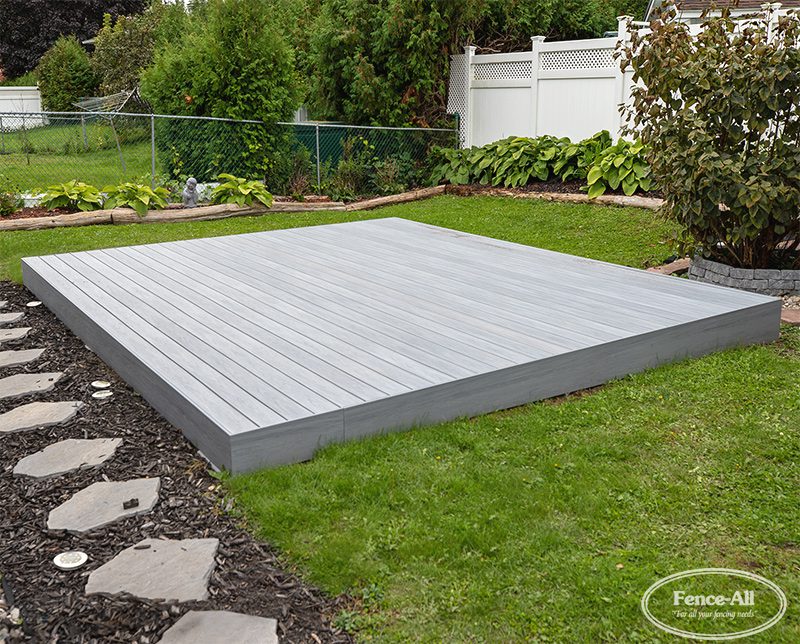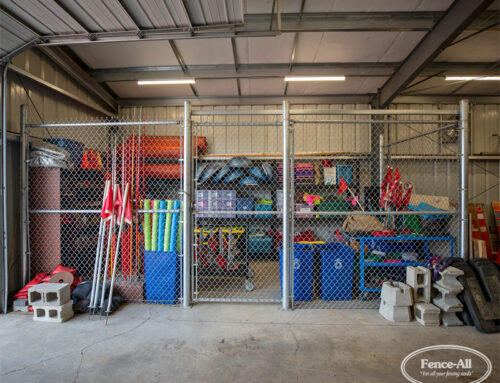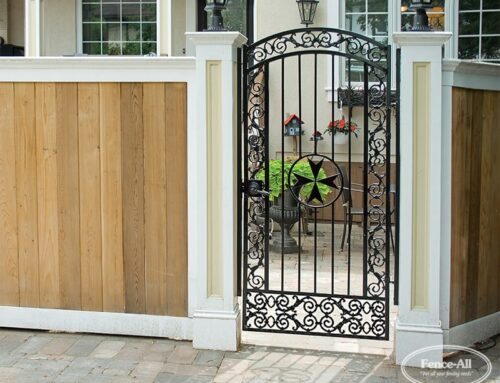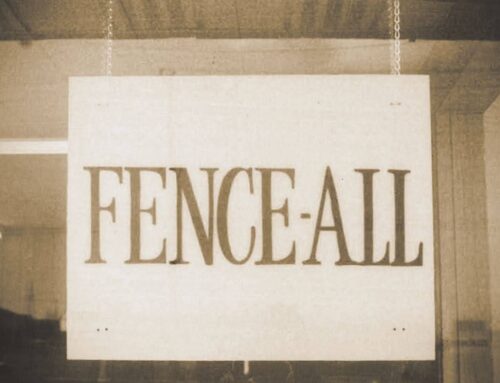There are situations where it makes sense. For example,
Floating Decks:
A floating deck is a deck that is not attached to a structure like a house and does not require posts in the traditional sense. Instead, it relies on a system of beams and joists that distribute the weight evenly. It is typically supported by concrete deck blocks or piers placed directly on the ground. These piers act as support points and are typically made of concrete. They can be adjusted to ensure the deck is level and stable.
Ground-Level Decks:
Another option is to build a ground-level deck, which essentially rests directly on the ground or on a minimal foundation. It doesn’t use posts or elevated beams. However, you will still need to ensure proper drainage, use pressure-treated wood to prevent rot, and possibly use gravel or other materials to create a stable base.
Cantilevered Decks:
A cantilevered deck is a type of deck that extends out from a structure without the use of traditional vertical posts. It relies on the strength of the deck framing and the anchoring points on the building to support the weight. This design requires careful engineering and may be subject to specific local building codes and regulations.
Our Suggestion:
Postless solutions aside, we recommend you build your deck on screw piles. If that doesn’t work for your budget the next best option is cemented posts. There are projects where building on an existing cement foundation is practical, but usually in Canada’s climate screw piles or cemented posts are the way to go for safety and peace of mind.

Screw piles are the most secure foundation for a deck in Canada’s variable climate.
More Questions?
If you have more questions about decks or other subjects we’re happy to answer them. Call 613-736-1122 or hit the chat button on the right during business hours.









